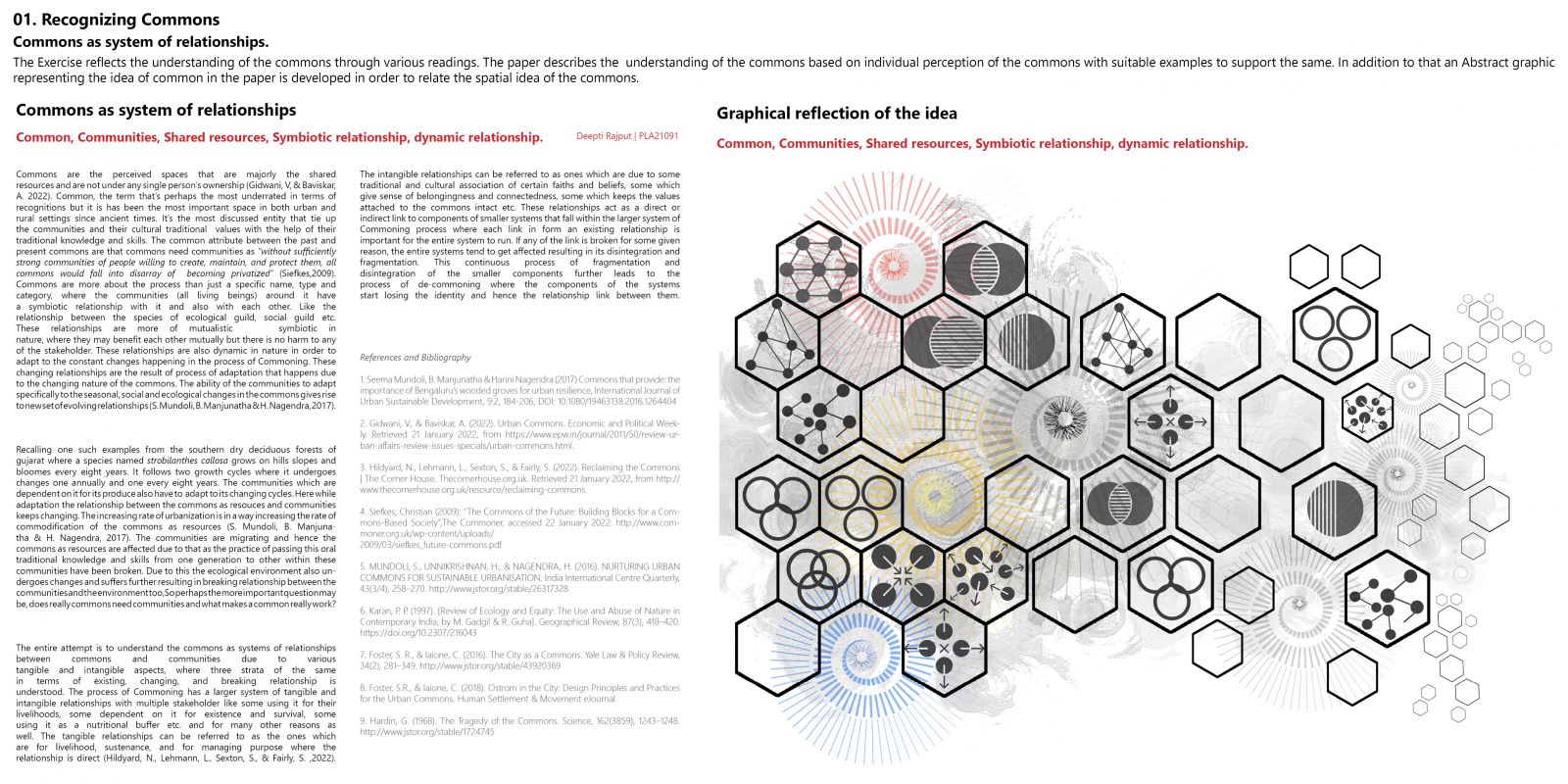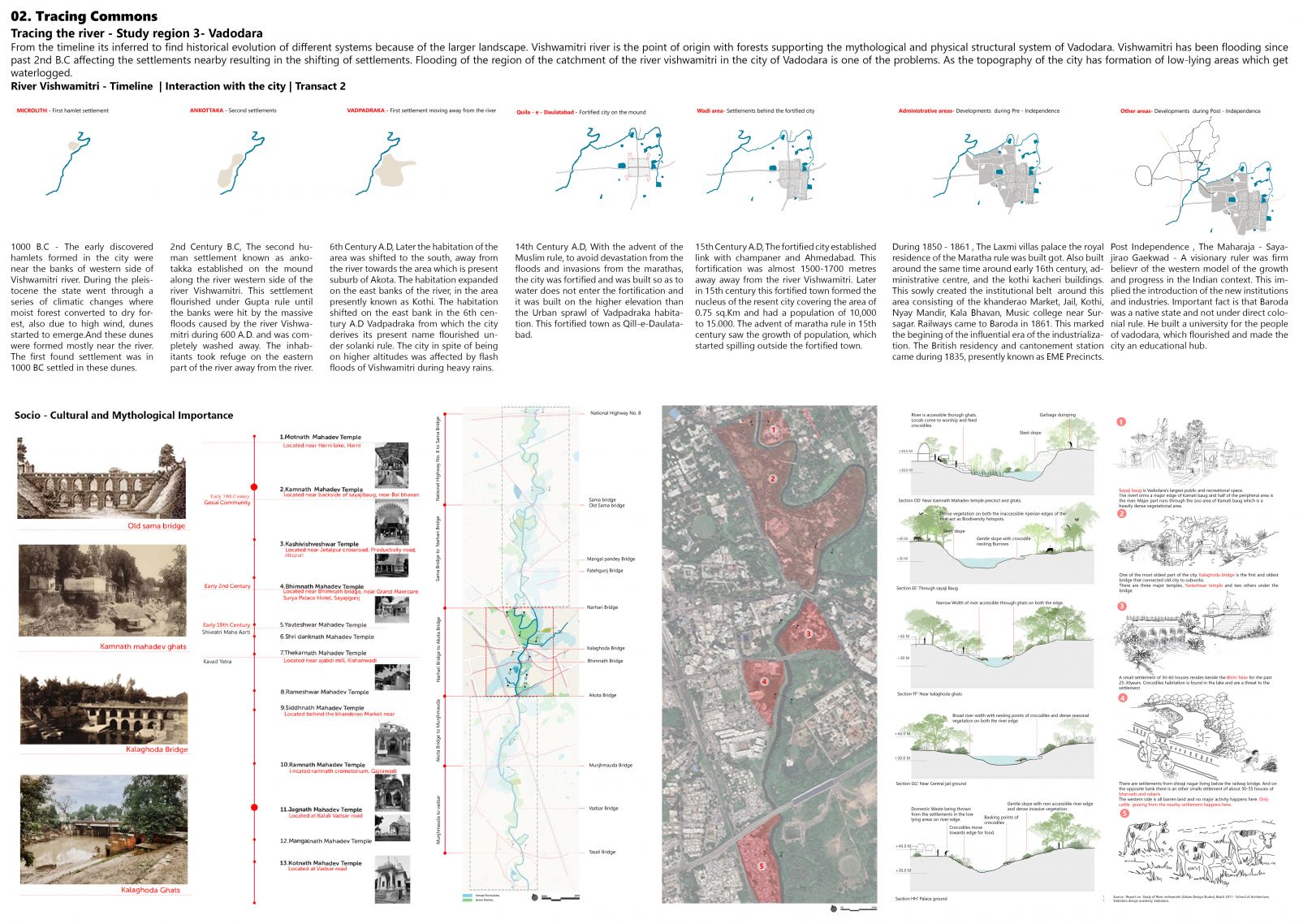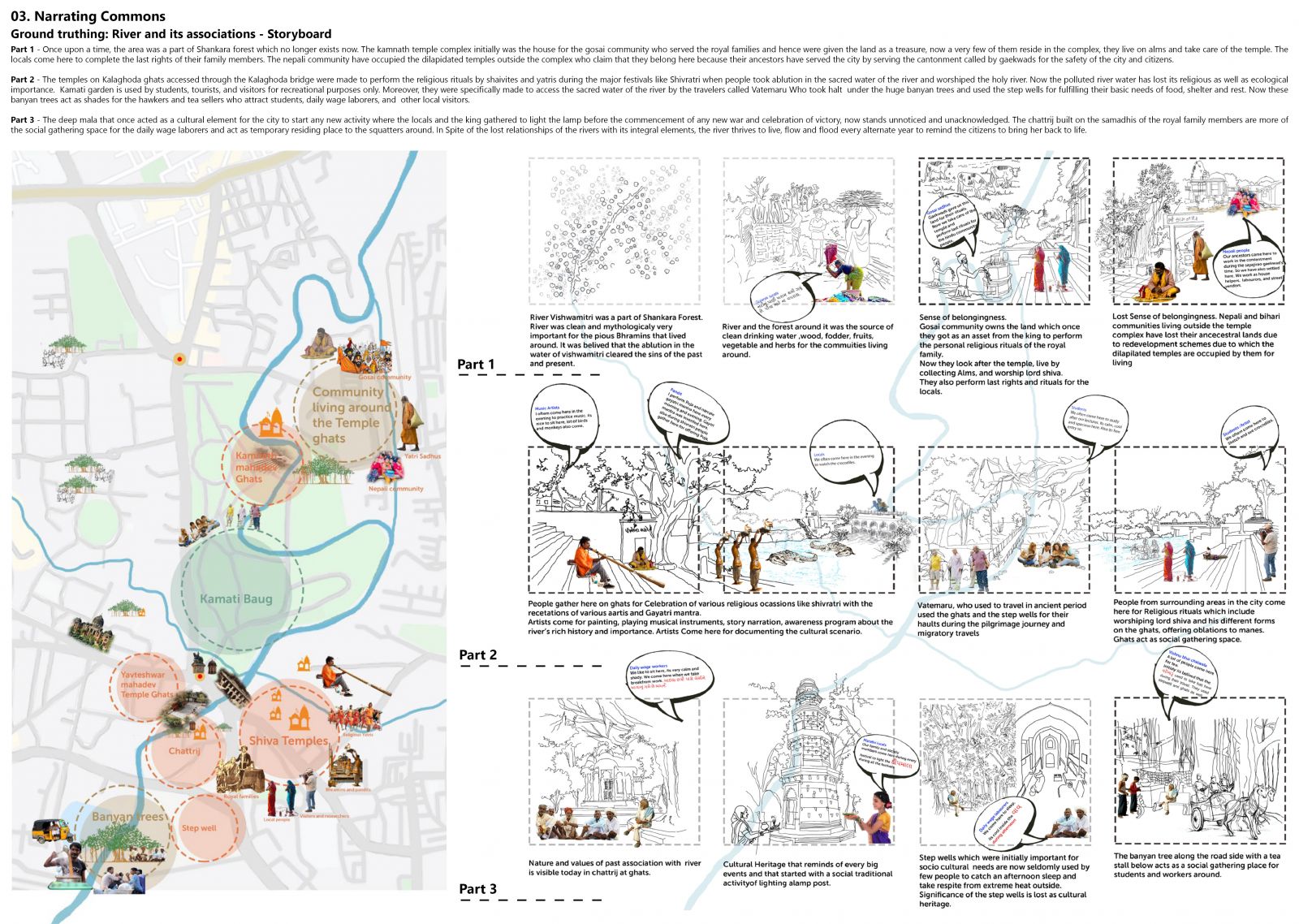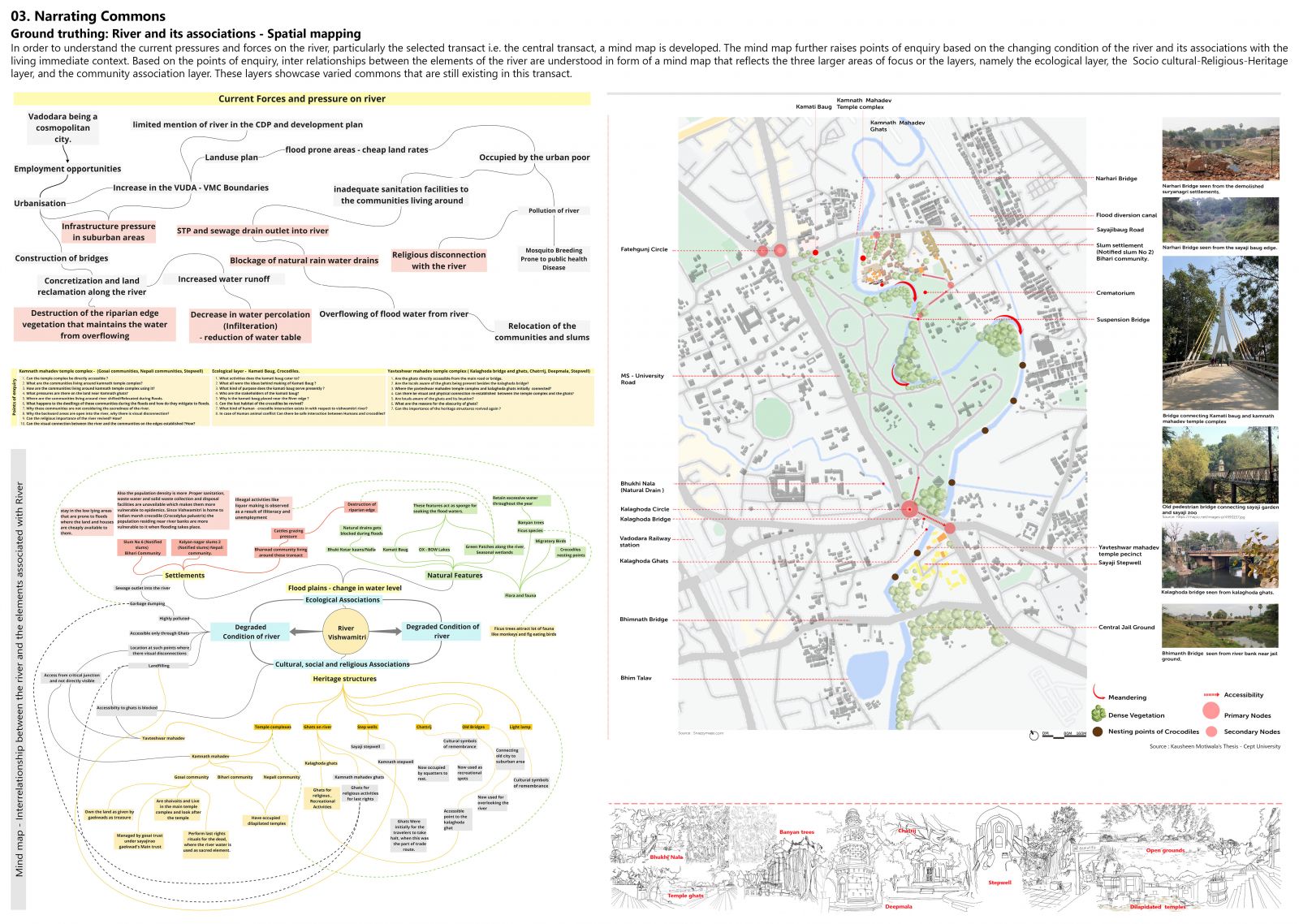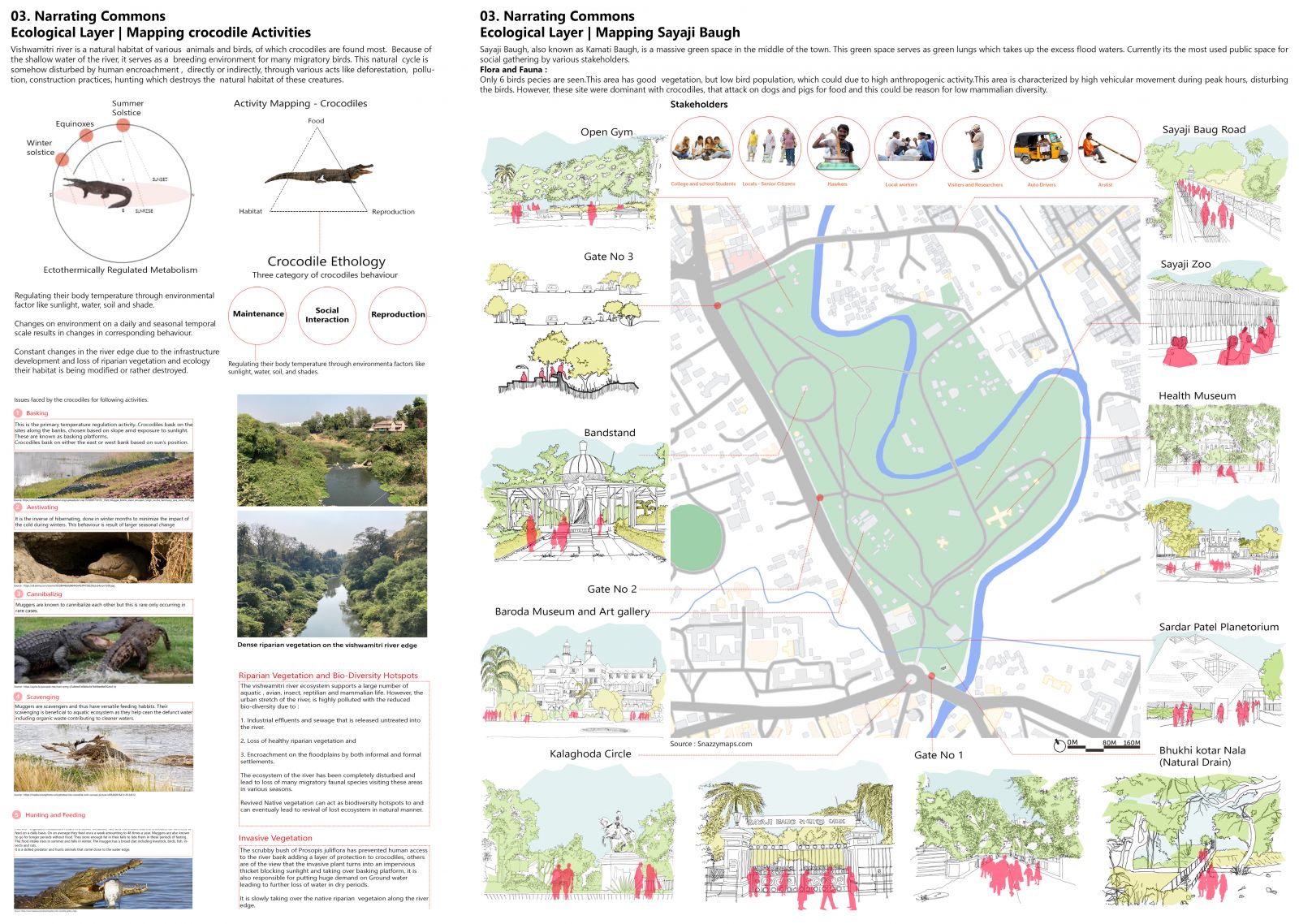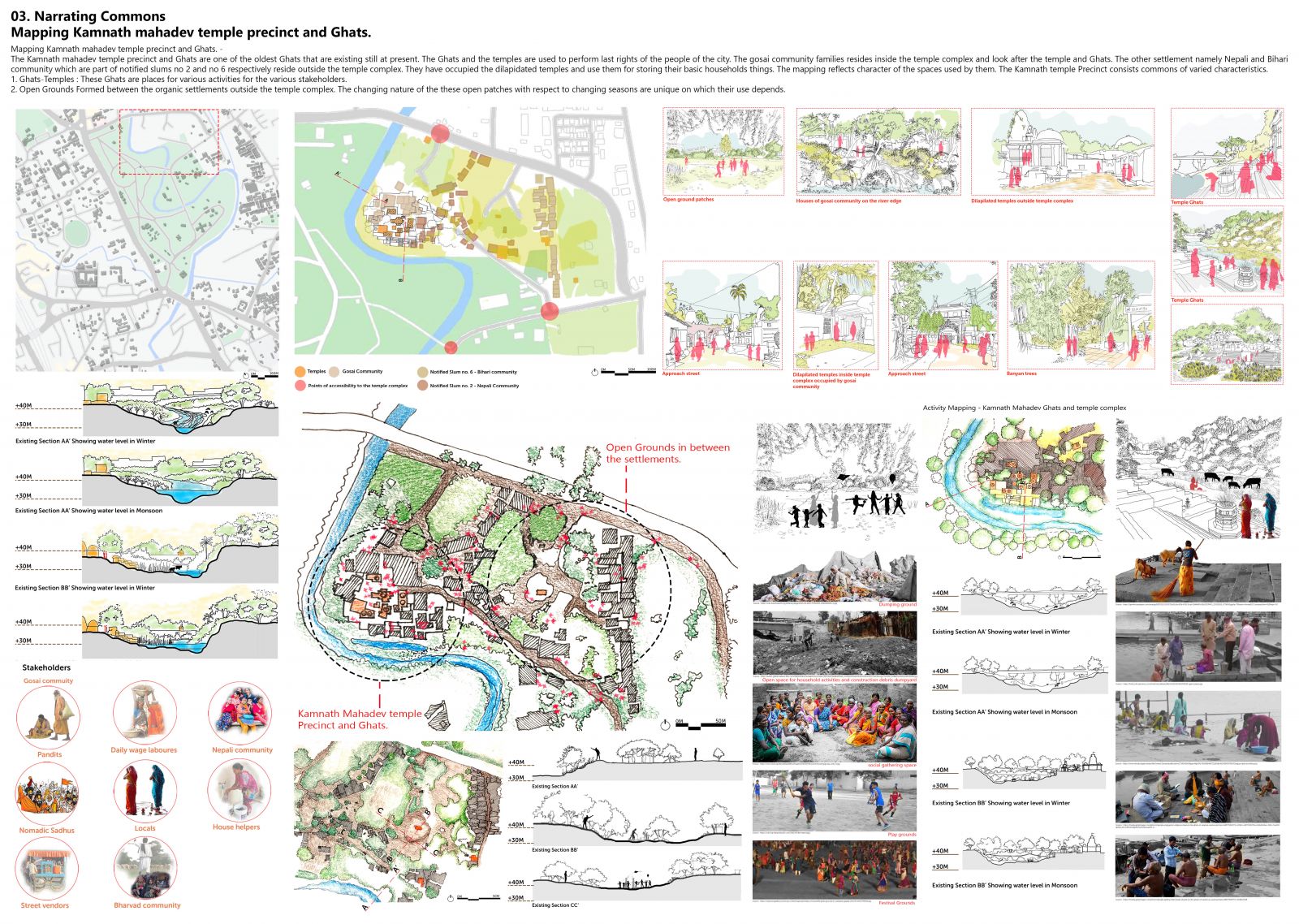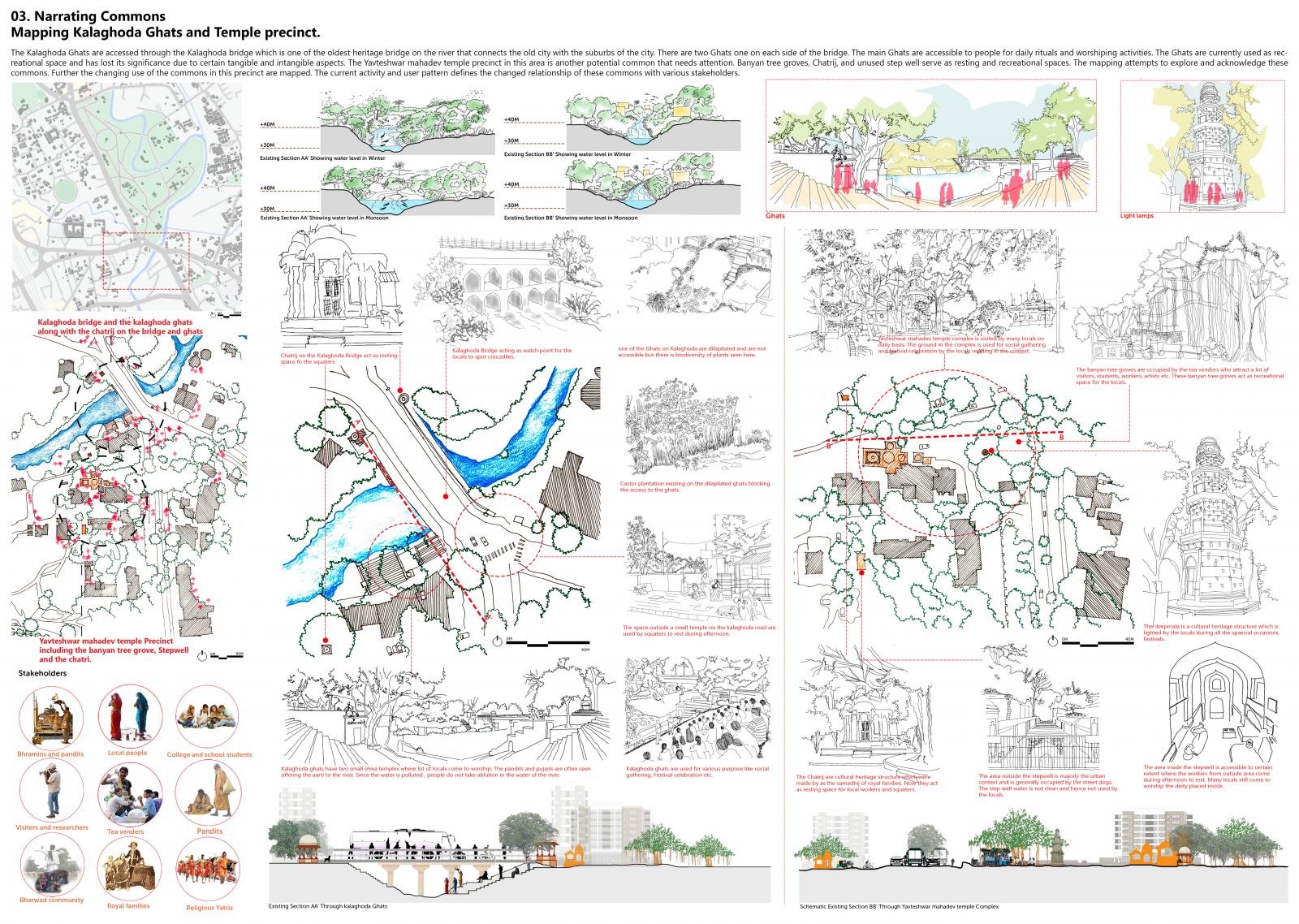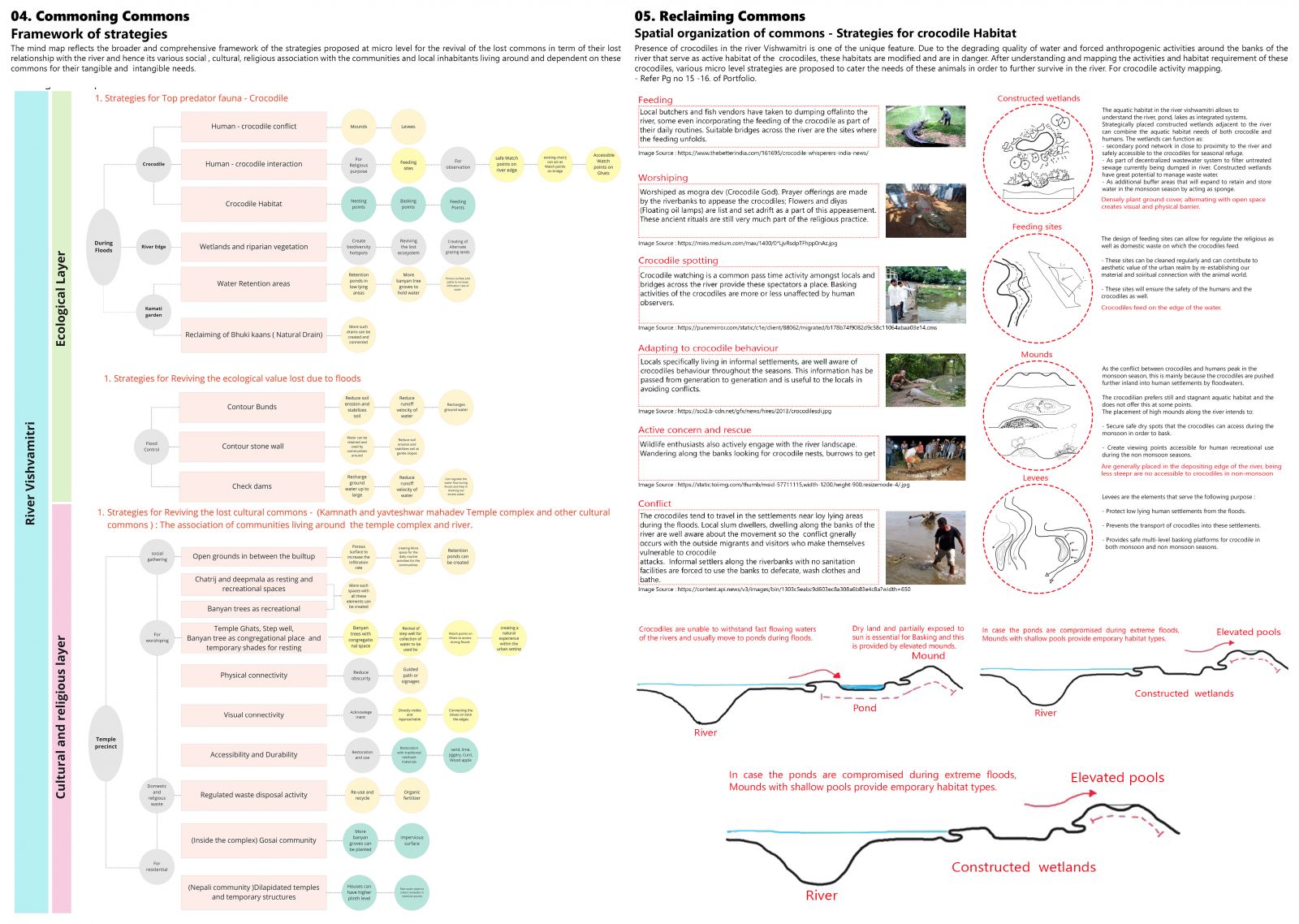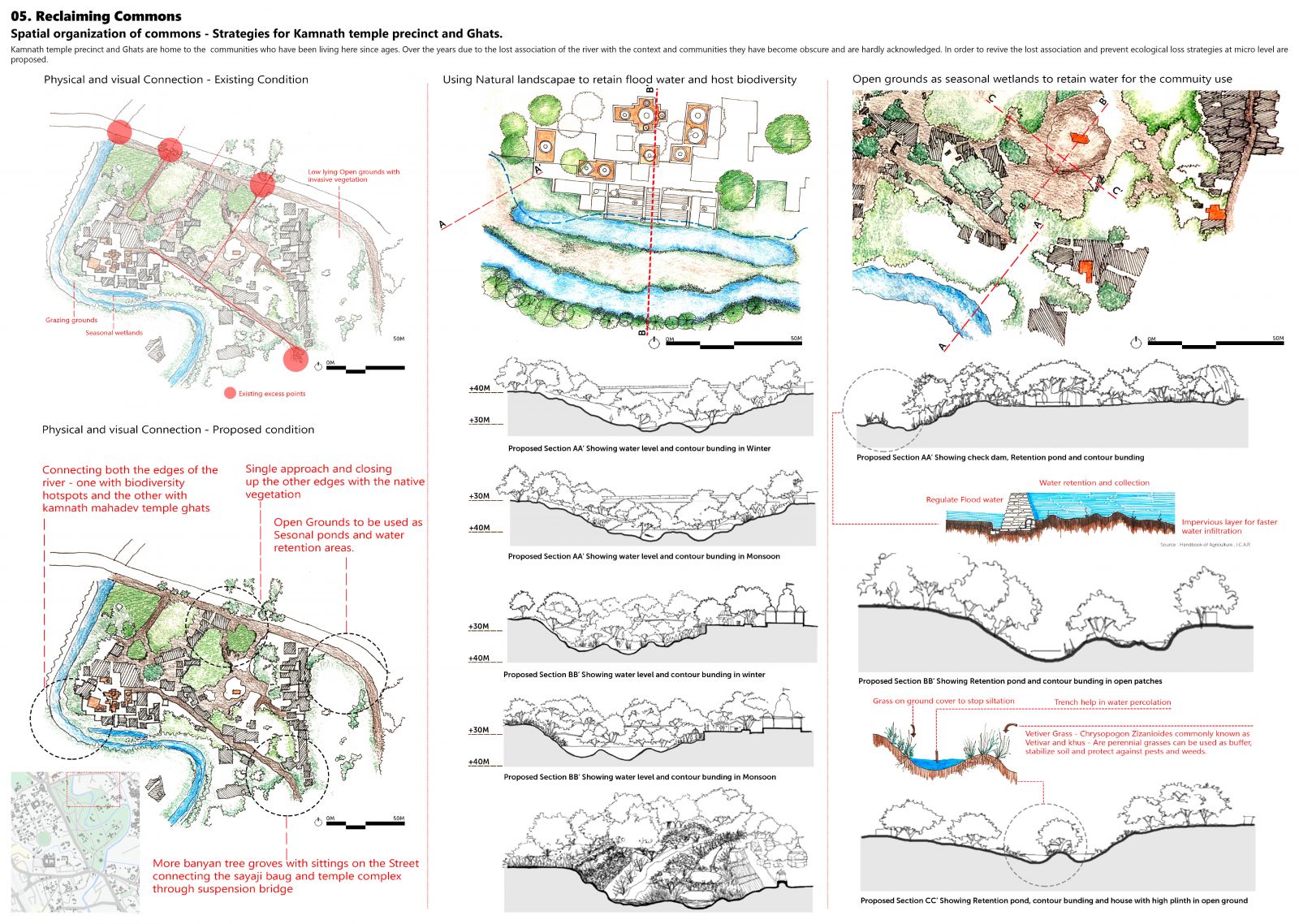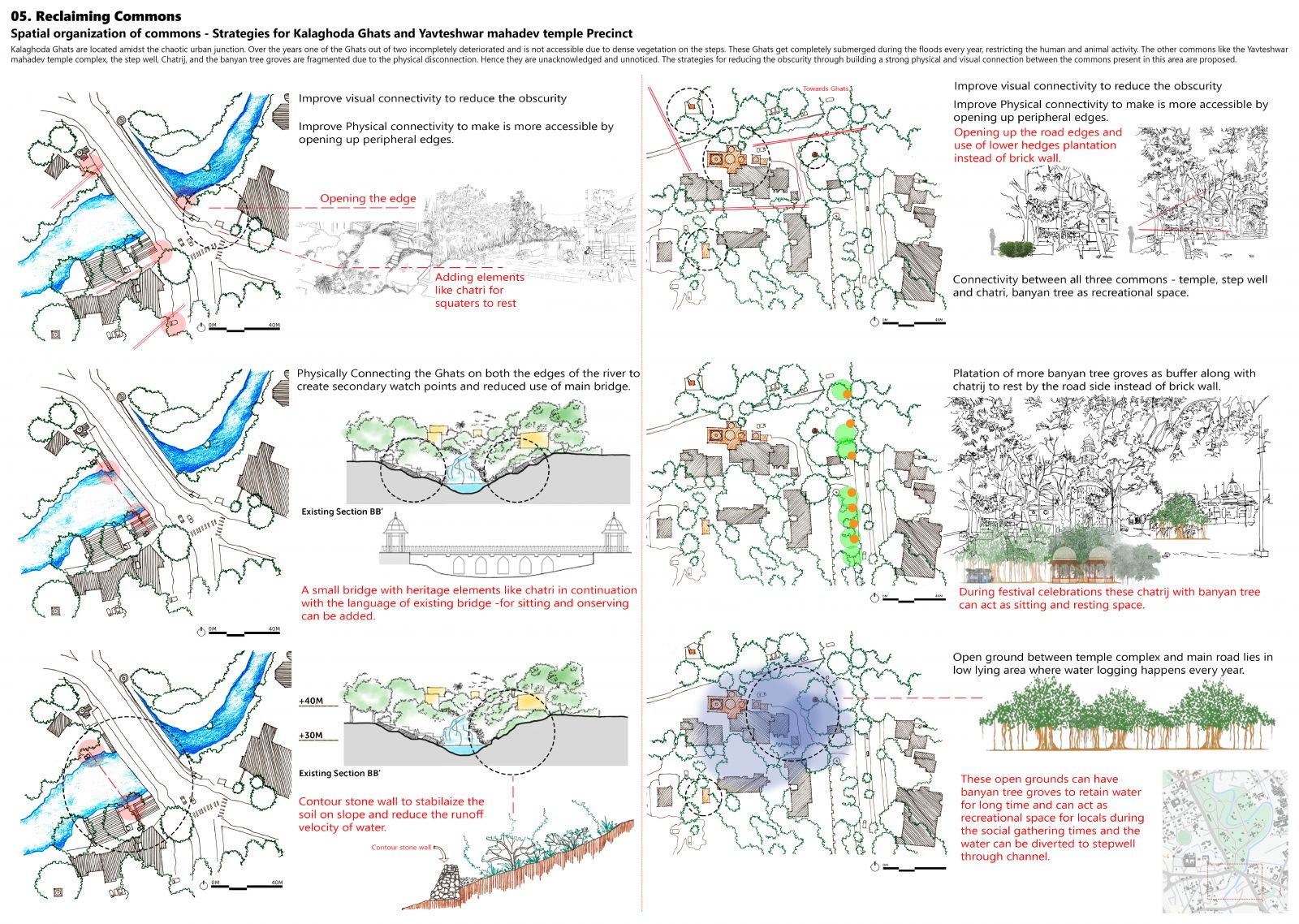Your browser is out-of-date!
For a richer surfing experience on our website, please update your browser. Update my browser now!
For a richer surfing experience on our website, please update your browser. Update my browser now!
Rivers have been an integral part of human life since the prehistoric civilizations. In Indian context specifically, Rivers are considered to be holy goddess mother and hence a huge amount of population is associated with river through various reasons and relationships like socio-cultural, Mythological, Religious, livelihood etc. River Vishwamitri which originates from Pavagadh hill is one such river that flows through Vadodara dividing the city into two parts. The river has been ignored for many years and so the response to the river has declined in years, resulting in deterioration of the river. The river has been important for a very limited population who depends on the river water for their day today activities. Vishwamitri once was part of Shankara forest which no longer exists now. The cultural heritage symbols like Ghats, Chatrij, bridge, temple precincts, Light lamps etc. that once were integral part of inhabitants of Vadodara and served the locals as well as migrators, now stand unnoticed and unacknowledged. The project aims at recognizing these lost commons, acknowledge their presence and identical importance, further propose possible strategies to revive and revitalize these lost commons.
View Additional Work